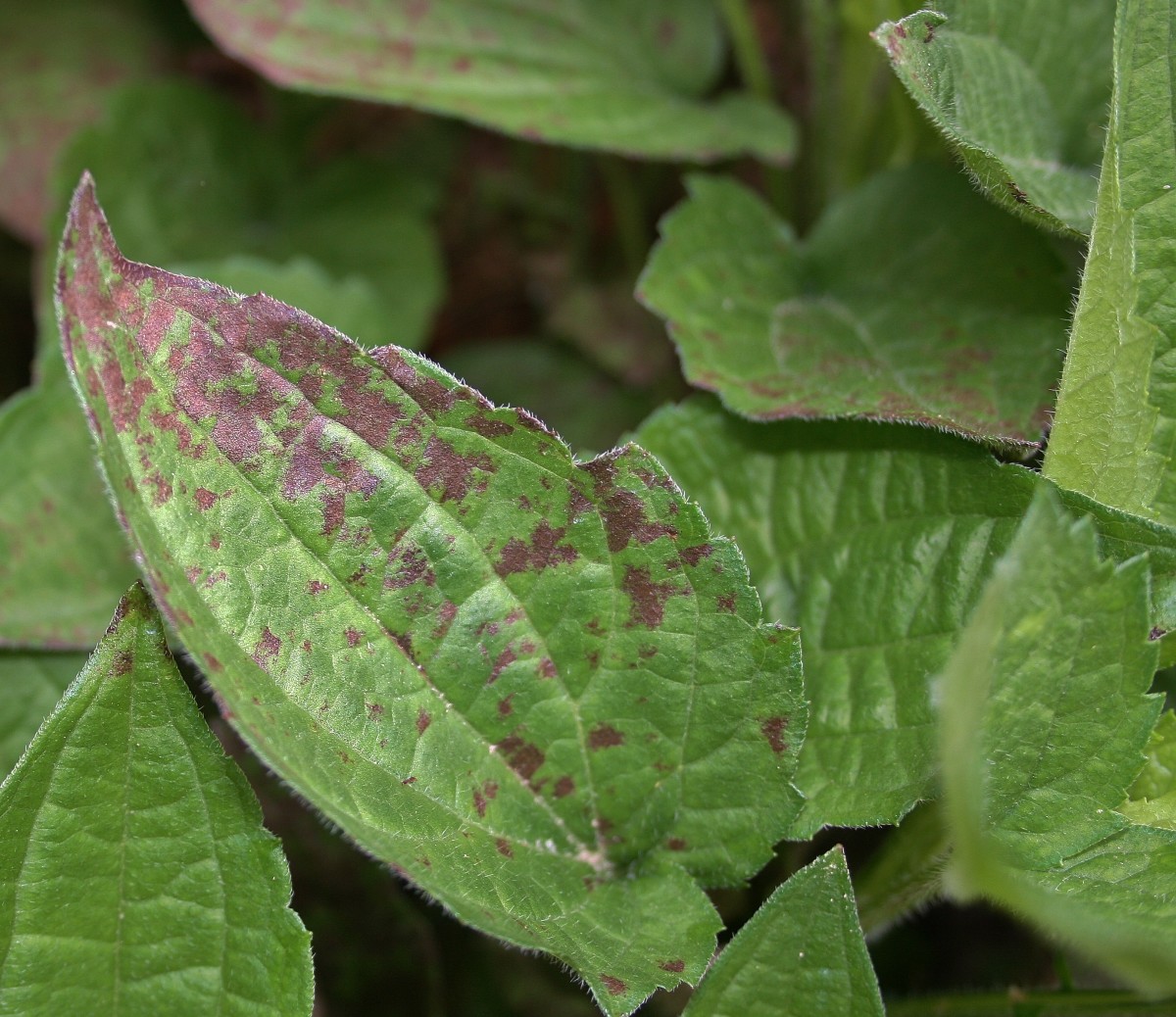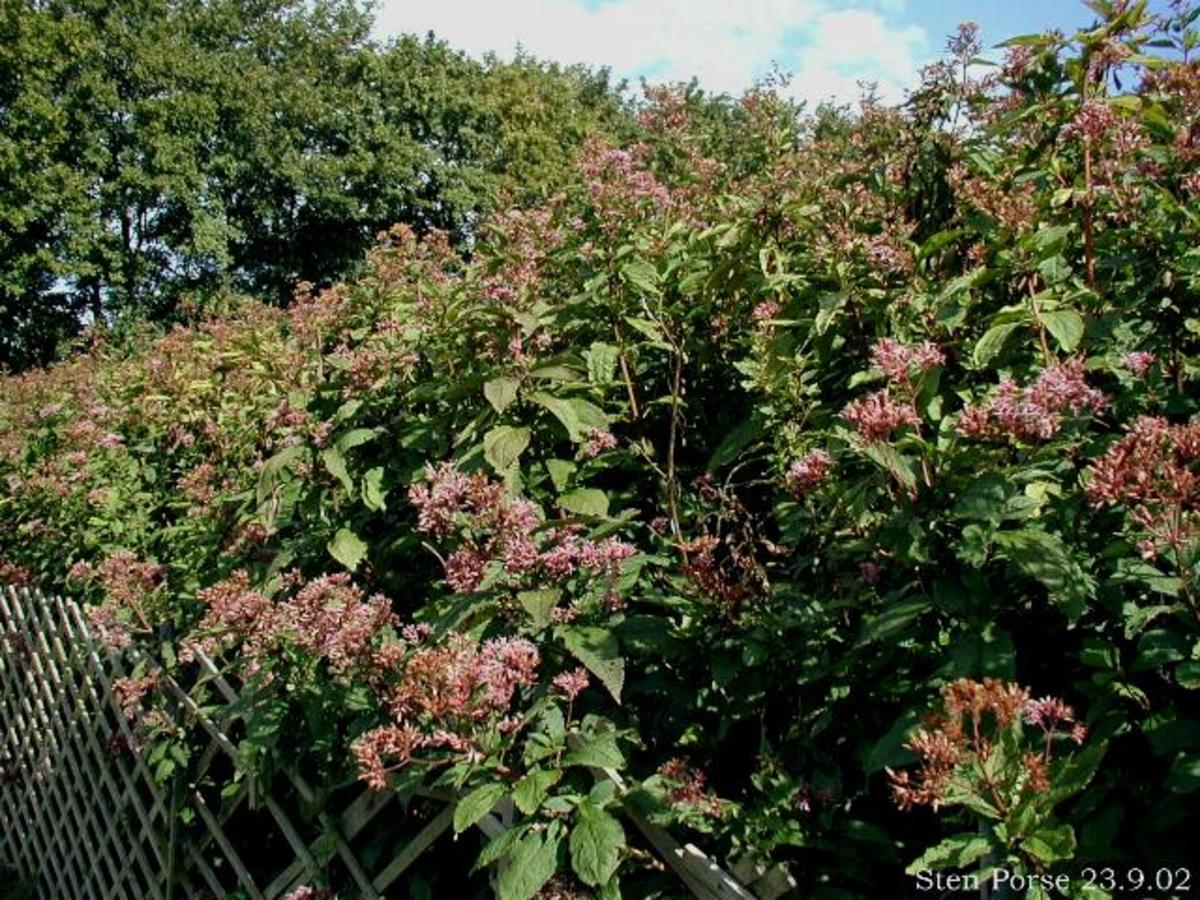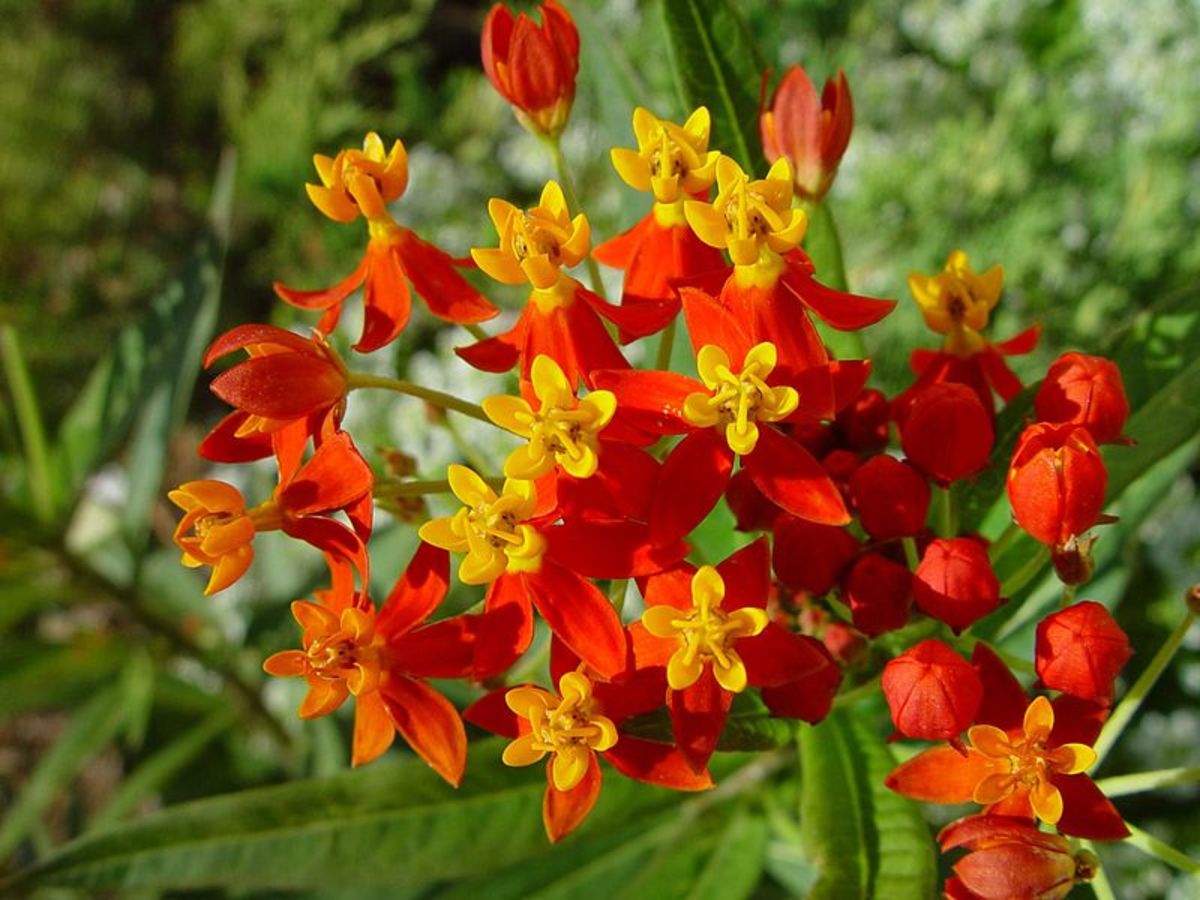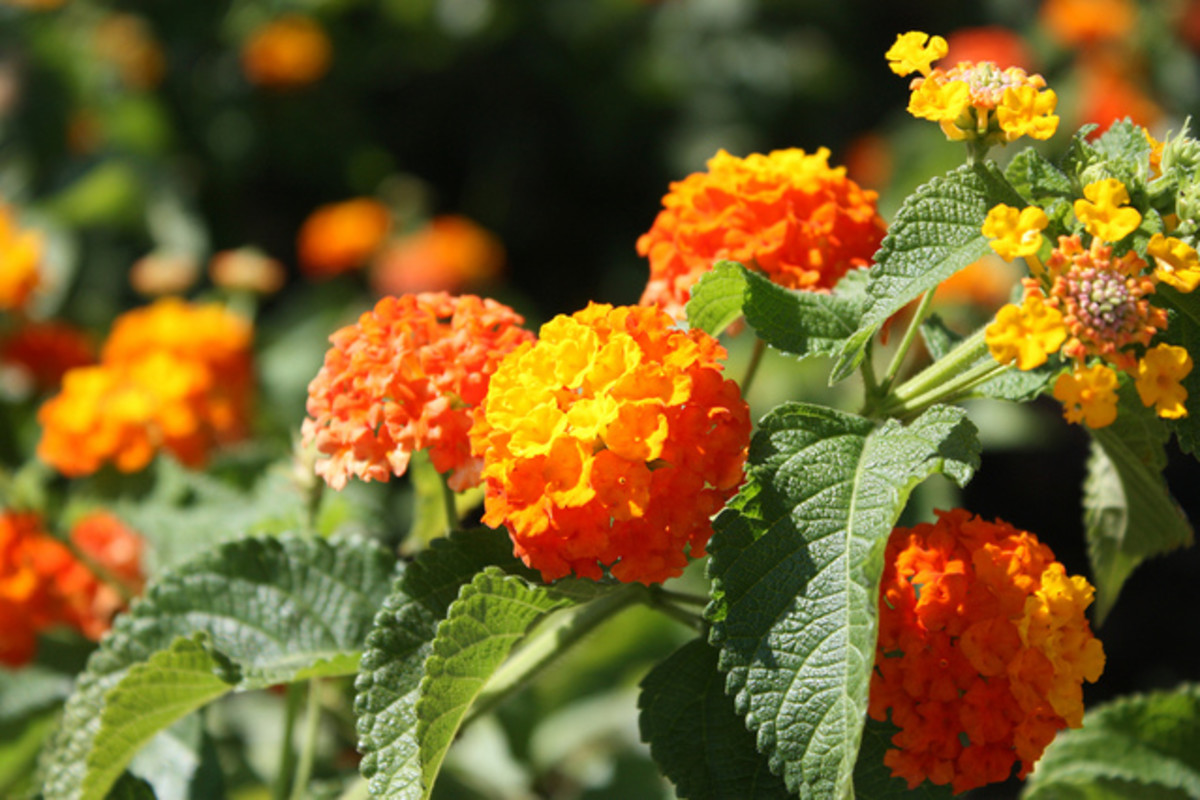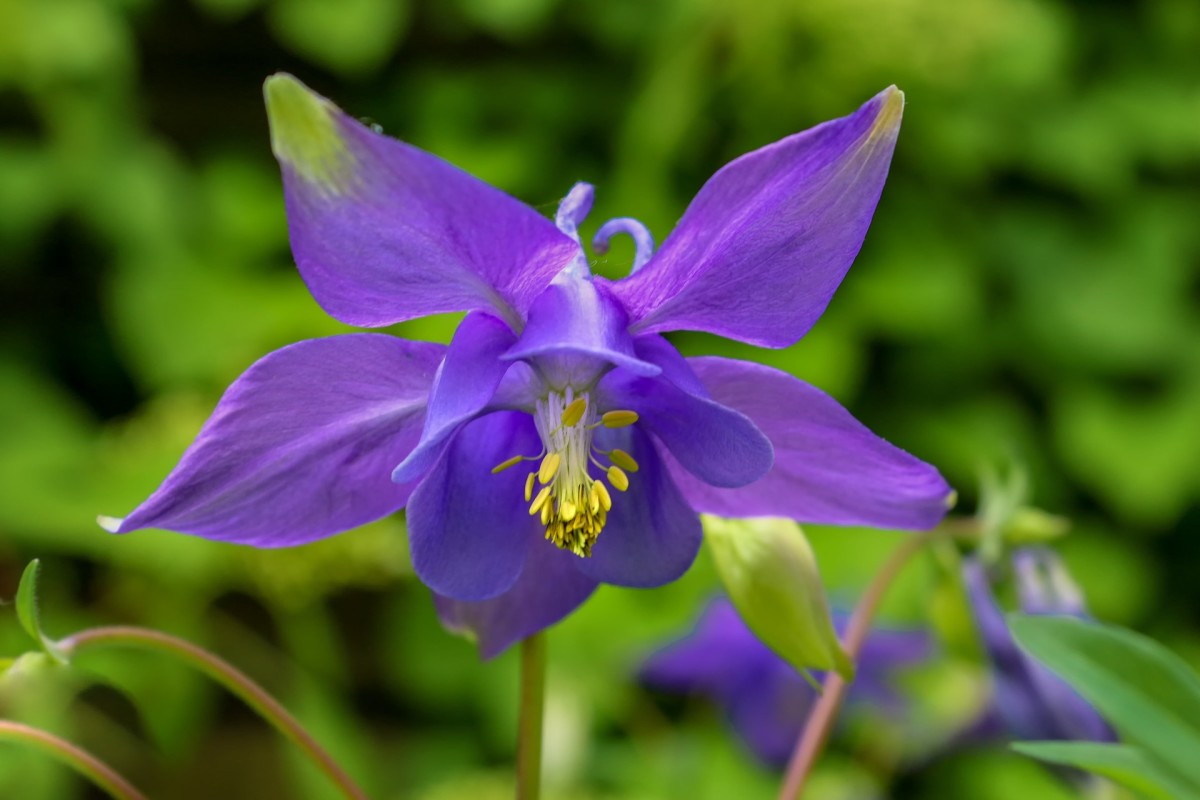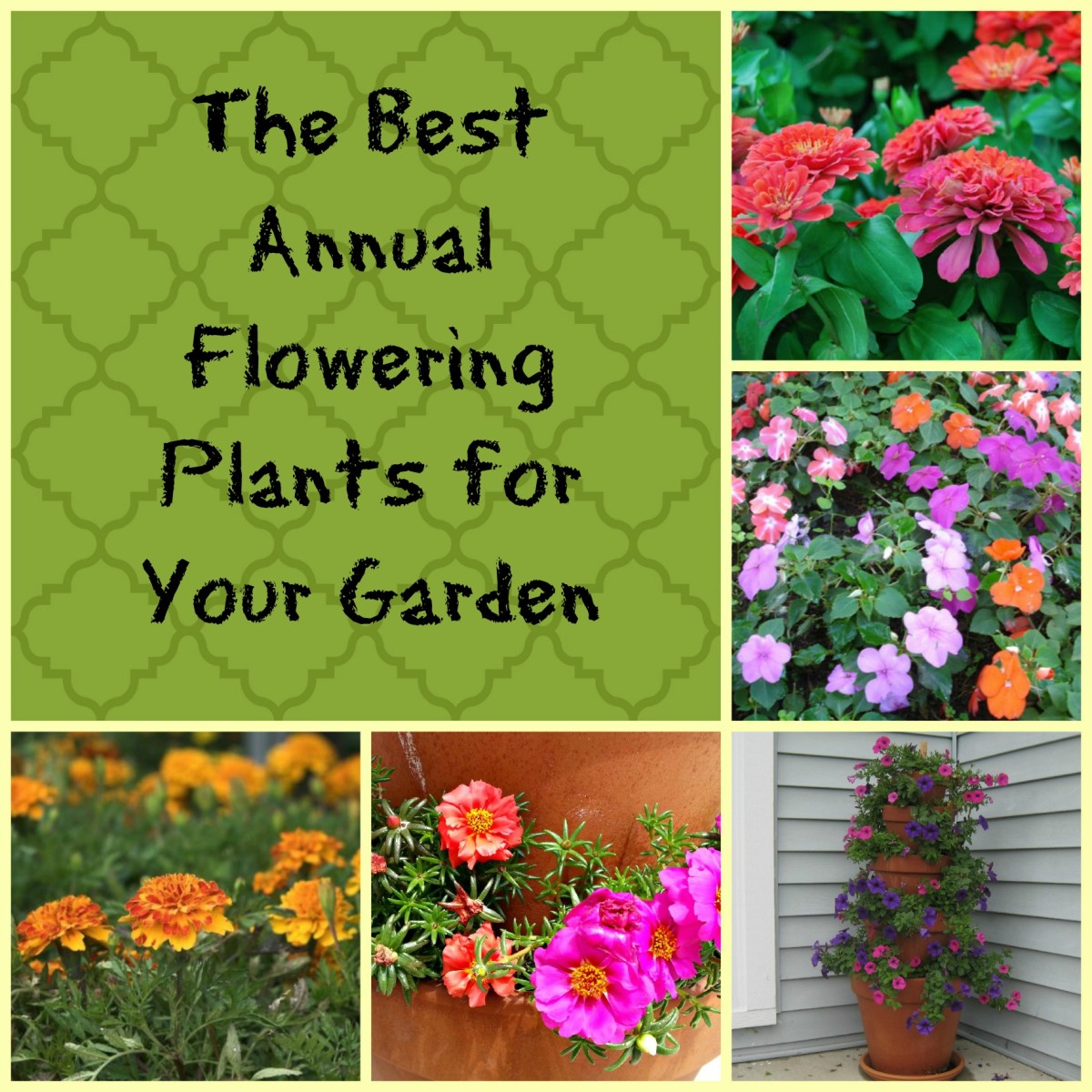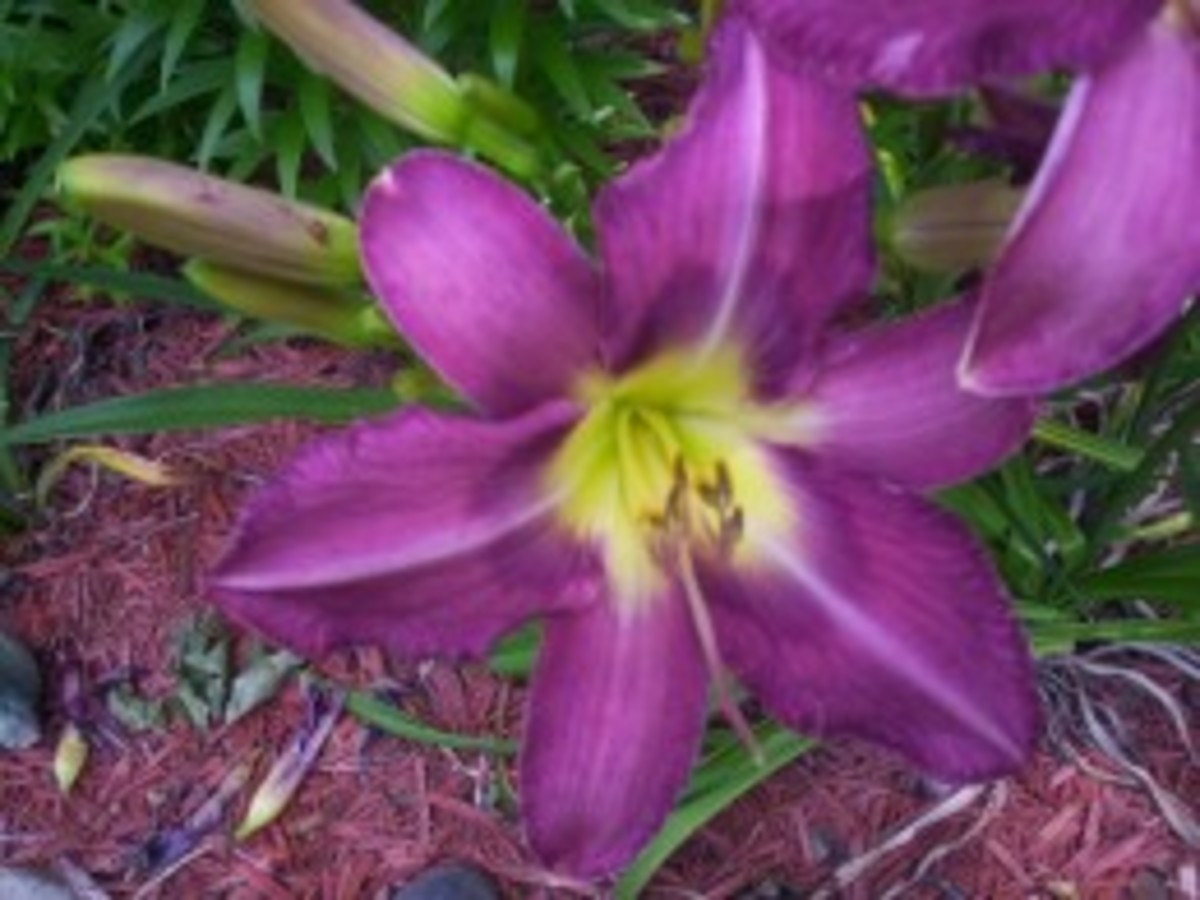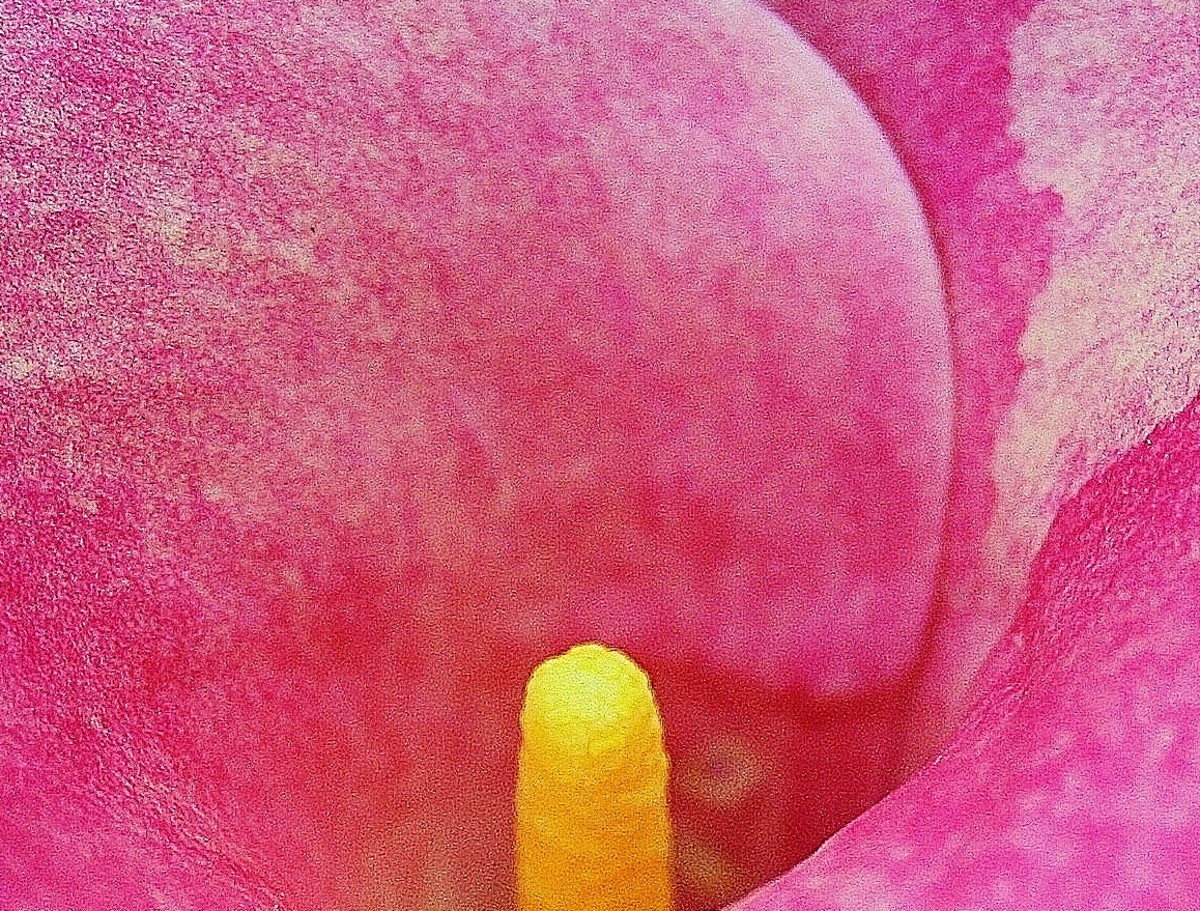Black Eyed Susan Flowers - Rudbeckia Coneflower
Black Eyed Susan Flowers
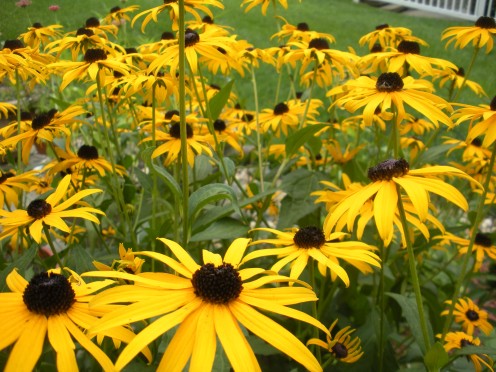
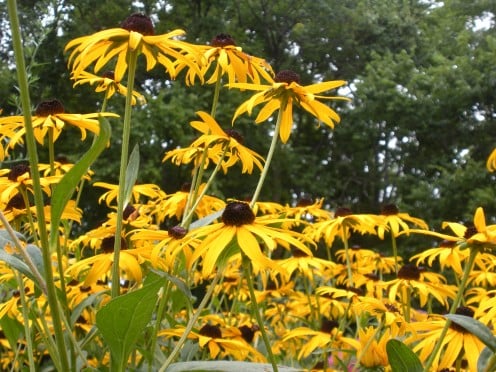
Images of Black Eyed Susans and Other Flowers
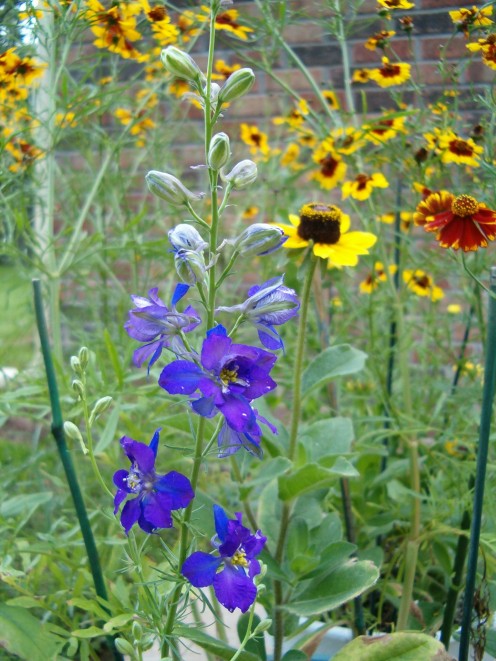
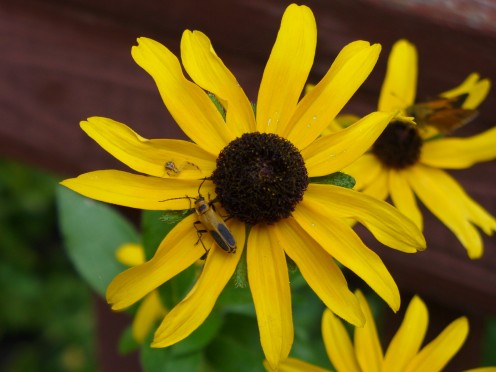
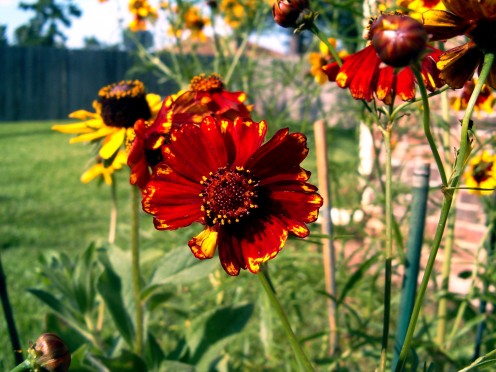
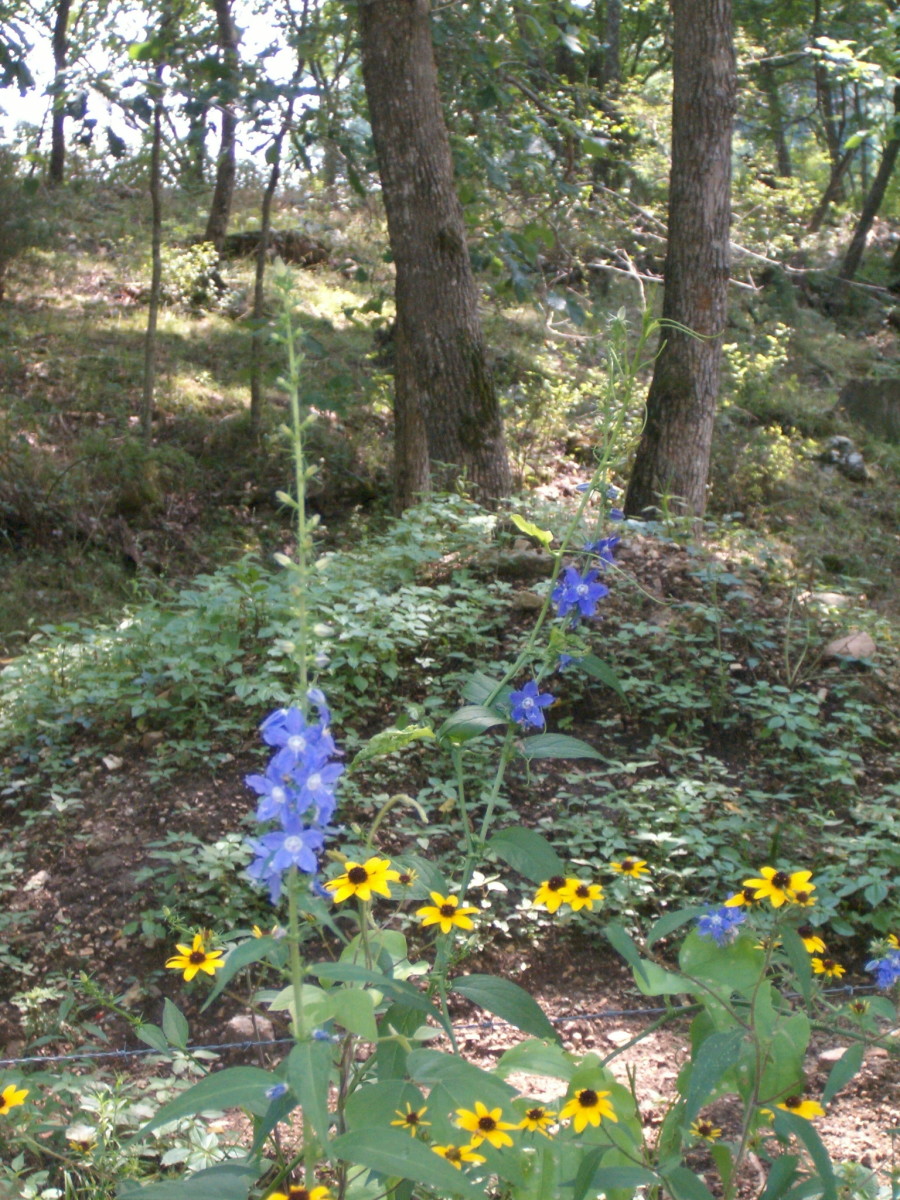
Information About the Rudbeckia Coneflower - Black Eyed Susans
Ever since I began having an interest in butterfly gardening, I have loved to grow Rudbeckia yellow cone flowers. They also go by Black Eyed Susan flowers due to the center of the flower being dark. They are lovely daisy like flowers. They seem to look especially nice in a big group display or with flowers of complimentary colors. Blue and purple flowers with their green leaves really make them seem to pop.
There are several different kinds of Rudbeckia flowers. The genus includes annuals, perennials and biennials. In my garden, I have grown the perennials, and they come back faithfully year after year. They have even done some self seeding, so it is good to know what their young leaves look like when they begin to grow out of the ground. If they are in a great spot, leave it alone and you will have a lovely blooming flower bush soon enough! Your butterfly and bird visitors will thank you!
Black eyed Susan flowers can be hardy to 0 degrees Fahrenheit, or to zones 6-7. This makes them a pretty tough flower, which makes them all the more appealing, not they needed any "selling!"
Planting and Growing Rudbeckia Cone flowers
March is a good general month to sow Rudbeckia seeds into the garden. You will want to follow the instructions on the packet for the particular variety you purchase. This will help you to have the most success with the least effort in growing these bright flowers.
If you need to divide some Rudbeckia flowers, April and then in November are good months for that. The biggest blooming months tend to be July through October.
The location you want is a bright and sunny position in the garden. It is essential for them to bloom their best. In its natural habitat, these flowers grow in plenty of sunshine. They have been found in North American meadows or big and open wood lands.
They may not like yards where it is over dry or more of a Mediterranean type environment. In fact, they do well if the soil is heavy and often damp, which is the opposite of many other flowers. So these are sometimes great to grow in areas where it is sunny but usually hard to grow other things. I can think of spots like this right now in my own garden, and am seriously considering filling in with these flowers.
Rudbeckia Flowering Tips
When these get blooming in the summer, they will carry you through the end of fall. They look great in a fall garden with their coloring. Deadheading, or cutting off the tops of the flowers after a bloom has died, helps the plants energy to be put somewhere other than into making seeds. If the plant does work on its seed production, you will see the black center portion of the flower growing larger and larger. Eventually, with the final blooms in late fall, you can save the seeds from these heads and share them the next year perhaps.
Black eyed Susan flowers make great cut flowers in a home bouquet. They can add some height, depending on the variety you grow. Just a note to mention, I have grown a variety with a green center instead of the dark brown. It was a neat change, but I usually grow the ones with a dark center which stands out from the bright yellow petals.
Bright Yellow Coneflower with Skipper on it.
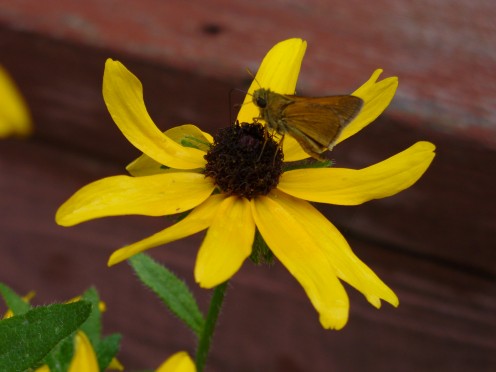
Propagating and Growing Black Eyed Susan Flowers or Rudbeckia
As mentioned before, you can divide these flowers in the spring or the fall. Some people like to plant the seeds in a cold frame to start them ahead of time, or before the last freeze. It is fine as long as you make sure to not let the plants dry out.
If the soil is very poor in nutrients, work in some good soil for the first planting at least. This will reward you for a long time to come. I have seen small tiny blooms on weaker looking plants where there was no nutrients left, or so it seemed. They can grow but they will struggle to do well and can look scraggly.
A possible pest for your Black eyed Susan flower can be slugs. Some suggest picking them off by hand over treating them chemically. I think its good to get away from chemicals when you can for obvious reasons. I have heard about a great flowering plant being taken over fairly quickly by slugs. That would be such a disappointment.
Our Experience Growing Rudbeckia
These flowers have been great to have in our butterfly garden, and the one year when I planted more for a bird garden. They are top performers and can be the show stoppers when other flowers have faded. They can keep blooming strong once they get going. They will help a garden to get noticed, and my favorite pollinators seem to enjoy them so much. So they will continue to be a go to choice in my gardens.
Below I share a video about Rudbeckia Maxima, and these have really captured my attention. I love how tall this particular variety is, and the attention it commands in the garden. They look like a lot of fun to try out. Ordering from specialty seed companies can be a great way to find some neat varieties.
The photos shared here are all my own and at different times and locations. I love how these flowers look with the others in the pictures, or by themselves. I look forward to seeing them again soon this spring.
Video showing Rudbeckia Maxima - Information
Rudbeckia Coneflower - Black Eyed Susan Flowers - Poll
Do you like and have you grown Black Eyed Susan Flowers, also known as Rudbeckia Coneflower?
© 2014 Paula

